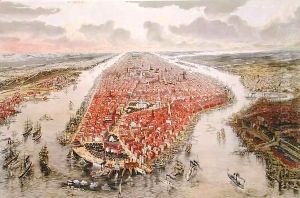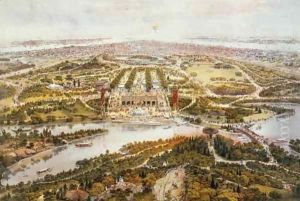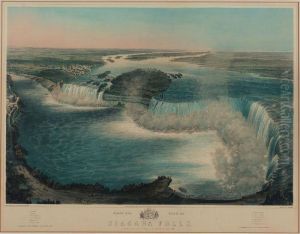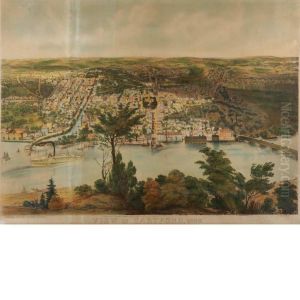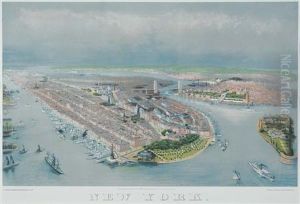John Bachman Paintings
John Bachman was not an artist in the traditional sense of a painter or sculptor, but rather a renowned naturalist, minister, and author. Born on February 4, 1790, in Rhinebeck, New York, he made significant contributions to the field of natural history in the United States during the 19th century.
Bachman received his early education in Pennsylvania and later attended seminary in Philadelphia. He was ordained as a Lutheran minister and moved to Charleston, South Carolina, where he would spend the majority of his life. Bachman was deeply interested in the study of nature, particularly the flora and fauna of his adopted state.
Throughout his career, Bachman wrote extensively on birds and mammals of North America. His most notable work was in collaboration with the famed ornithologist John James Audubon, with whom he co-authored 'The Viviparous Quadrupeds of North America.' Bachman provided much of the scientific text for the volumes, while Audubon and his sons, John Woodhouse and Victor Gifford Audubon, provided the illustrations.
Bachman was also an influential figure in the development of American science, helping to found the Lutheran Theological Southern Seminary and the College of Charleston's science department. He was an early proponent of the idea that all humans, regardless of race, belonged to the same species—a controversial view at the time that went against the prevailing scientific opinions supporting polygenism.
John Bachman passed away on February 24, 1874, in Charleston, South Carolina. His legacy endures in the fields of theology, education, and natural science. Although he was not an artist himself, his contributions to the scientific and naturalist illustrations of his era were instrumental in documenting the wildlife of North America.
